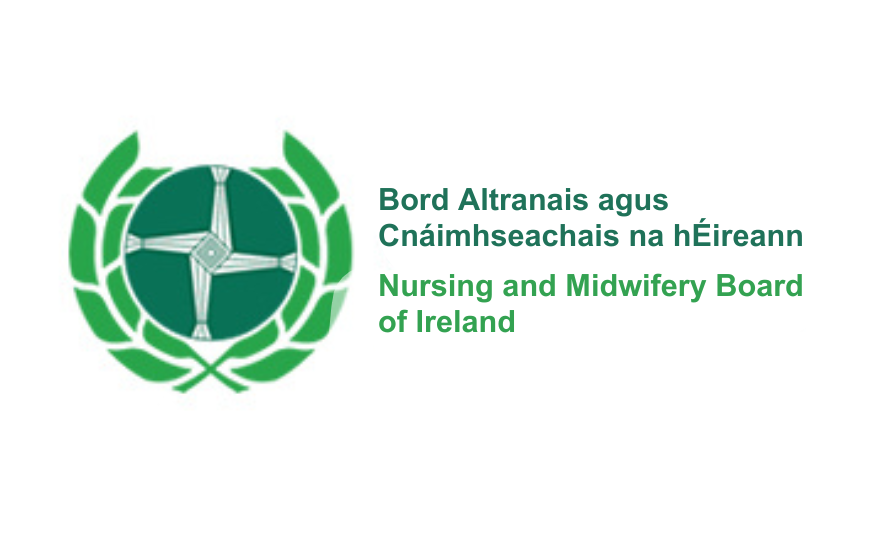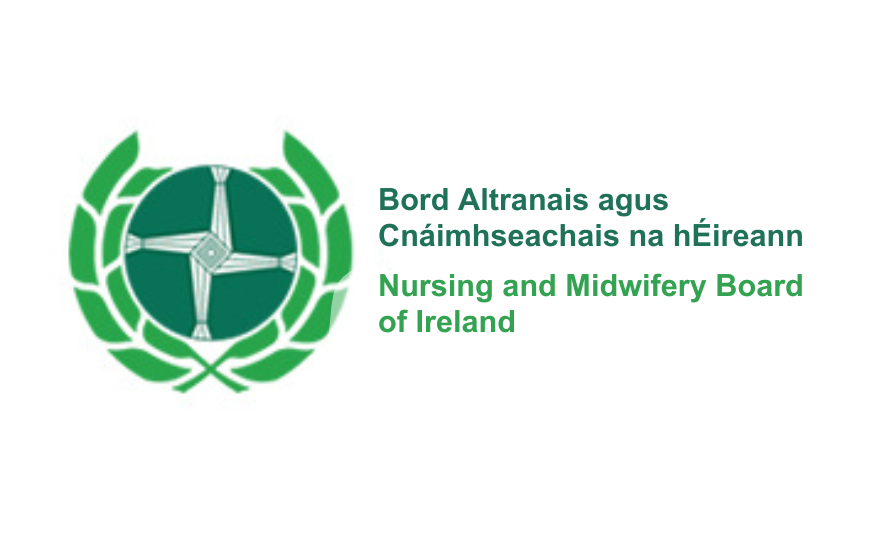Reference: Sep-Oct 2024 | Issue 5 | Vol 17 | Page 15
Obesity is described by the HSE as a chronic, complex, and progressive neuroendocrine disease, and is defined as abnormal or excessive adiposity that impairs health. It is reportedly the fastest growing disease globally, placing a massive burden on healthcare systems worldwide. General practice is the ideal setting for identifying and treating obesity, as it encompasses patient-centred care across the lifespan of the patient, and is often described as care ‘from the cradle to the grave’.
Background
I joined general practice as an advanced nurse practitioner (ANP) in 2019 after specialising in acute and interventional cardiology. I have a Masters in Preventive Cardiology and a professional interest in the preventative side of health, as it is so important in all aspects of life.
In general practice I saw that there is fantastic software to keep records and data; however, after completing an audit, I noted that weight, height, and body mass index (BMI) were generally not recorded for patients. This triggered a subsequent inhouse audit and a change in local policy that all patients would have demographics recorded as part of their vital signs.
Identifying patients for review
All nursing staff aligned to make every contact count, including an ANP, a general practice nurse (GPN), and a phlebotomy/medical assistant. Every patient that attended for review or annual bloods had their height, weight, and waist circumference recorded. Once a patient was identified as obese or having a BMI that was not within a healthy range, they were coded for early intervention and booked in for a visit with the ANP.
We recognise that the disease of obesity is not defined by anthropological measurements alone, therefore, we also utilised a Canadian staging tool – the Edmonton staging system for a holistic assessment which considers physical, psychological, and metabolic parameters – to determine optimal obesity treatment.
Once patients were booked in for review, it became evident that most of them were happy to be identified and to discuss their obesity. These patients had never had their obesity acknowledged before, with many not realising that it was a disease, and instead they believed it was self-inflicted. A lot of these patients had no weight recorded on their electronic health record and had never been told by their healthcare professional that they were obese. Some patients also perceived a stigma associated with their weight, with many being told to ‘eat less, move more’, which was the primary framework and approach to weight loss and obesity until recent years.
In 2021, when medications became available for people living with obesity without diabetes, it was a game changer. We now had a tool in our arsenal that could significantly improve outcomes and wellbeing for this patient group. In response to Ireland’s National Obesity Policy and Action Plan, which was launched in 2016 and aligns with the National Framework for the Integrated Prevention and Management of Chronic Disease in Ireland, I attained SCOPE certification – an internationally recognised standard of obesity management expertise – and we launched our obesity management clinic.
Results from a nurse-led obesity management clinic
Once a patient is identified, he or she is invited in for a consultation, where full anthropological measurements and vital signs are obtained. We discuss the disease of obesity and its impact on their life, as well as dietary and lifestyle modifications, previous weight loss journeys, and medications. I ensure the patients are aware that obesity is a disease and not their fault, confirming they understand it is the condition of obesity that makes them overeat and not the overeating that causes obesity.
I also introduce the concept of medication during consultations and educate on the mechanisms of action. It is important to ensure the patient understands that all chronic diseases are treated with medications to keep them under control, and that obesity is no different. The medications are available, and they regulate the hunger and satiety hormones, quietening the hunger voices. Medications, in conjunction with healthy lifestyle choices, used to treat obesity and comorbidities such as pre-diabetes, metabolic syndrome, infertility, and cardiovascular disease (CVD), are showing favourable results.
An inhouse audit of patients in our clinic without diabetes on glucagon-like peptide 1 (GLP-1) medications for obesity management from 2021-to-present was undertaken. The demographics were audited from patients that continued on the medication and included:
- Effects on hypertension;
- Effects on wellbeing;
- Reduced BMI;
- Cardiovascular benefits.
The results are positive and reflect a reduction in BMI, an improvement in wellbeing, and a reduction in CVD risk, including hypertension and lipid profile. The results are outlined in Tables 1-4. A numerical value of 0 has been allocated where data was unavailable.
| PATIENT | BASELINE | 6 MONTHS | 12 MONTHS |
|---|---|---|---|
| 1 | 42.2 | 38.87 | 38 |
| 2 | 31.37 | 29.92 | 29 |
| 3 | 35.51 | 31.23 | 26.29 |
| 4 | 33.5 | 28.7 | 28 |
| 5 | 35.1 | 0 | 0 |
| 6 | 45.44 | 42.8 | 0 |
| 7 | 43.07 | 40.2 | 41.6 |
| 8 | 68 | 0 | 0 |
| 9 | 43 | 39.6 | 37 |
| 10 | 35.8 | 32 | 0 |
| 11 | 28.1 | 23.6 | 0 |
| 12 | 47 | 42.7 | 41.1 |
| 13 | 46.9 | 44.2 | 37.5 |
| 14 | 42.6 | 0 | 0 |
| 15 | 29.2 | 28.6 | 0 |
| 16 | 42.1 | 38.15 | 33.7 |
| 17 | 46 | 44 | 42 |
| 18 | 48.2 | 44 | 0 |
| 19 | 33.1 | 31 | 29.9 |
| 20 | 38.6 | 37 | 34 |
| 21 | 38.5 | 35.5 | 36.9 |
| 22 | 49 | 43.9 | 42 |
| 23 | 43.2 | 42.6 | 41.2 |
| 24 | 29 | 25.8 | 0 |
| 25 | 43.2 | 42.6 | 41.2 |
| 26 | 37 | 38 | 38 |
| 27 | 40.03 | 38 | 38.7 |
| 28 | 40.91 | 39.7 | 38.6 |
| 29 | 43.9 | 0 | 0 |
TABLE 1: BMI values at six and 12 months
| PATIENT | BASELINE | 6 MONTHS | 12 MONTHS |
|---|---|---|---|
| 1 | 119 | 109 | 107 |
| 2 | 80.2 | 74.7 | 74 |
| 3 | 95.5 | 84 | 70.7 |
| 4 | 84.4 | 73.2 | 72.2 |
| 5 | 96.8 | 0 | 0 |
| 6 | 112 | 105.7 | 0 |
| 7 | 123 | 115 | 118 |
| 8 | 170 | 0 | 0 |
| 9 | 122.5 | 113.8 | 108 |
| 10 | 97.6 | 89 | 0 |
| 11 | 78 | 66 | 0 |
| 12 | 134.3 | 122 | 116 |
| 13 | 130.8 | 123.3 | 104.7 |
| 14 | 107.7 | 0 | 0 |
| 15 | 81.6 | 80 | 0 |
| 16 | 113 | 102 | 90.7 |
| 17 | 130 | 123 | 118.3 |
| 18 | 141 | 130 | 0 |
| 19 | 95 | 89.8 | 86.6 |
| 20 | 108 | 103 | 101 |
| 21 | 104.3 | 96.1 | 100 |
| 22 | 125 | 112 | 108 |
| 23 | 115 | 113 | 109 |
| 24 | 75.2 | 67.1 | 0 |
| 25 | 115 | 114 | 109.7 |
| 26 | 120 | 118 | 118 |
| 27 | 124 | 118 | 120 |
| 28 | 126 | 122 | 120 |
| 29 | 293 | 0 | 0 |
TABLE 2: Weight loss (kg) at six and 12 months
| PATIENT | Baseline SYSTOLIC | 12 month SYSTOLIC | Baseline DIASTOLIC | 12 month DIASTOLIC |
|---|---|---|---|---|
| 1 | 142 | 126 | 97 | 75 |
| 2 | 124 | 0 | 89 | 0 |
| 3 | 112 | 98 | 67 | 68 |
| 4 | 140 | 132 | 68 | 62 |
| 5 | 148 | 0 | 98 | 0 |
| 6 | 0 | 0 | 0 | 0 |
| 7 | 130 | 130 | 89 | 88 |
| 8 | 0 | 0 | 0 | 0 |
| 9 | 145 | 135 | 83 | 82 |
| 10 | 155 | 0 | 87 | 0 |
| 11 | 161 | 0 | 85 | 0 |
| 12 | 167 | 128 | 98 | 90 |
| 13 | 0 | 0 | 0 | 0 |
| 14 | 0 | 0 | 0 | 0 |
| 15 | 0 | 0 | 0 | 0 |
| 16 | 148 | 135 | 98 | 75 |
| 17 | 148 | 158 | 104 | 95 |
| 18 | 122 | 0 | 89 | 0 |
| 19 | 129 | 0 | 71 | 0 |
| 20 | 126 | 0 | 77 | 0 |
| 21 | 165 | 0 | 95 | 0 |
| 22 | 146 | 0 | 100 | 0 |
| 23 | 127 | 0 | 93 | 0 |
| 24 | 128 | 0 | 61 | 0 |
| 25 | 154 | 0 | 84 | 0 |
| 26 | 154 | 0 | 74 | 0 |
TABLE 3: Blood pressure values at baseline and 12 months
| MENTAL HEALTH | ||
|---|---|---|
| PATIENT | BASELINE | 12 MONTHS |
| 1 | Mild | Improved |
| 2 | Mild | Improved |
| 3 | Mild | Improved |
| 4 | Mod | Mild |
| 5 | Mild | 0 |
| 6 | Mild | Same |
| 7 | Mild | Improved |
| 8 | Mod | 0 |
| 9 | 0 | Improved |
| 10 | Mod | 0 |
| 11 | High | Mod |
| 12 | High | Mild |
| 13 | Mod | Improved |
| 14 | 0 | 0 |
| 15 | Mod | 0 |
| 16 | High | Improved |
| 17 | High | Improved |
| 18 | Mod | 0 |
| 19 | High | Improved |
| 20 | High | Mild |
| 21 | Mod | Mild |
| 22 | Mod | Improved |
| 23 | Mod | Improved |
| 24 | High | 0 |
| 25 | High | Mild |
| 26 | Mod | 0 |
| 27 | Mod | Mild |
| 28 | Mod | Improved |
| 29 | Mod | 0 |
TABLE 4: Perceived mental health status at six and 12 months
Conclusion
While these are positive and promising outcomes, obesity, like all chronic diseases, requires life-long therapy and these medications are currently very expensive. There is a reimbursement pathway for liraglutide, but it has a very rigid criteria that not all patients fit into. The patient must have a BMI above 35 with CVD risk factors such as hypertension or hypercholesteremia, be on medications, plus present with both impaired fasting glucose and elevated glycated haemoglobin (A1C).
There are a range of new therapies on the market; however, not all are available, reimbursable, or licensed for this patient cohort in Ireland at this time, which is frustrating. For now, we work with what we have, and there is a lot more hope for the future. For patients not responding to existing treatment or requiring bariatric services, we work closely with our colleagues in speciality care. We are also lucky to have a collaborative ANP contact in Loughlinstown and Galway to discuss cases with and refer patients to when it is outside our capacity to treat appropriately. But usually, for most patients, nurse-led clinics in general practice are the ideal setting for managing their chronic disease.













Leave a Reply
You must be logged in to post a comment.